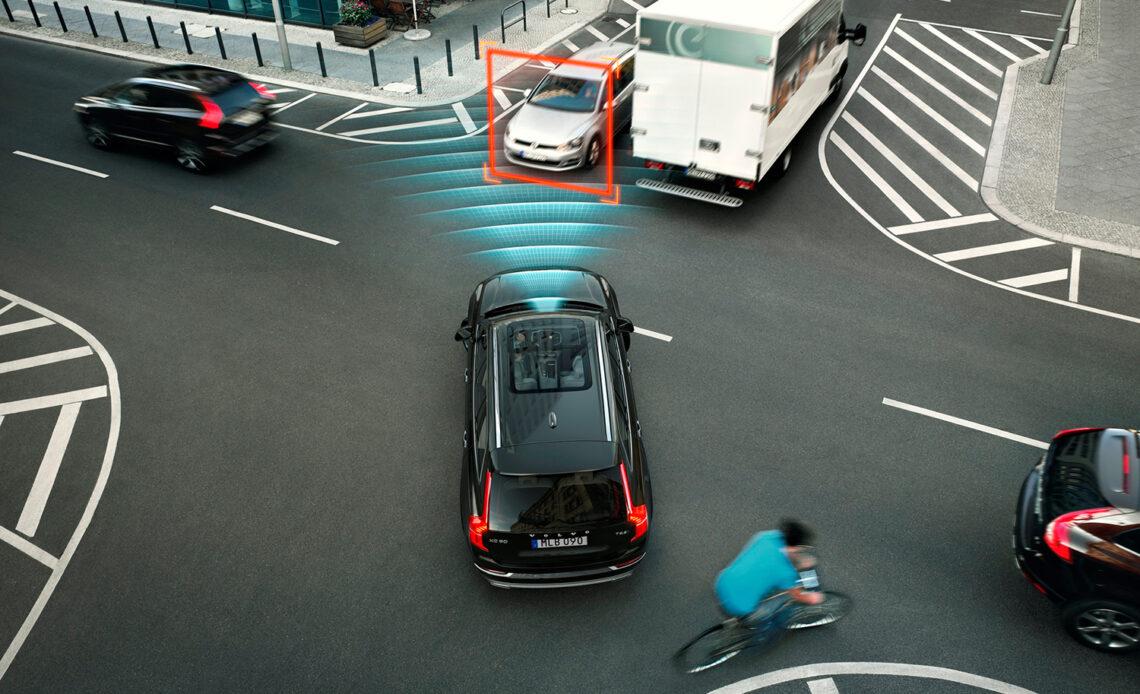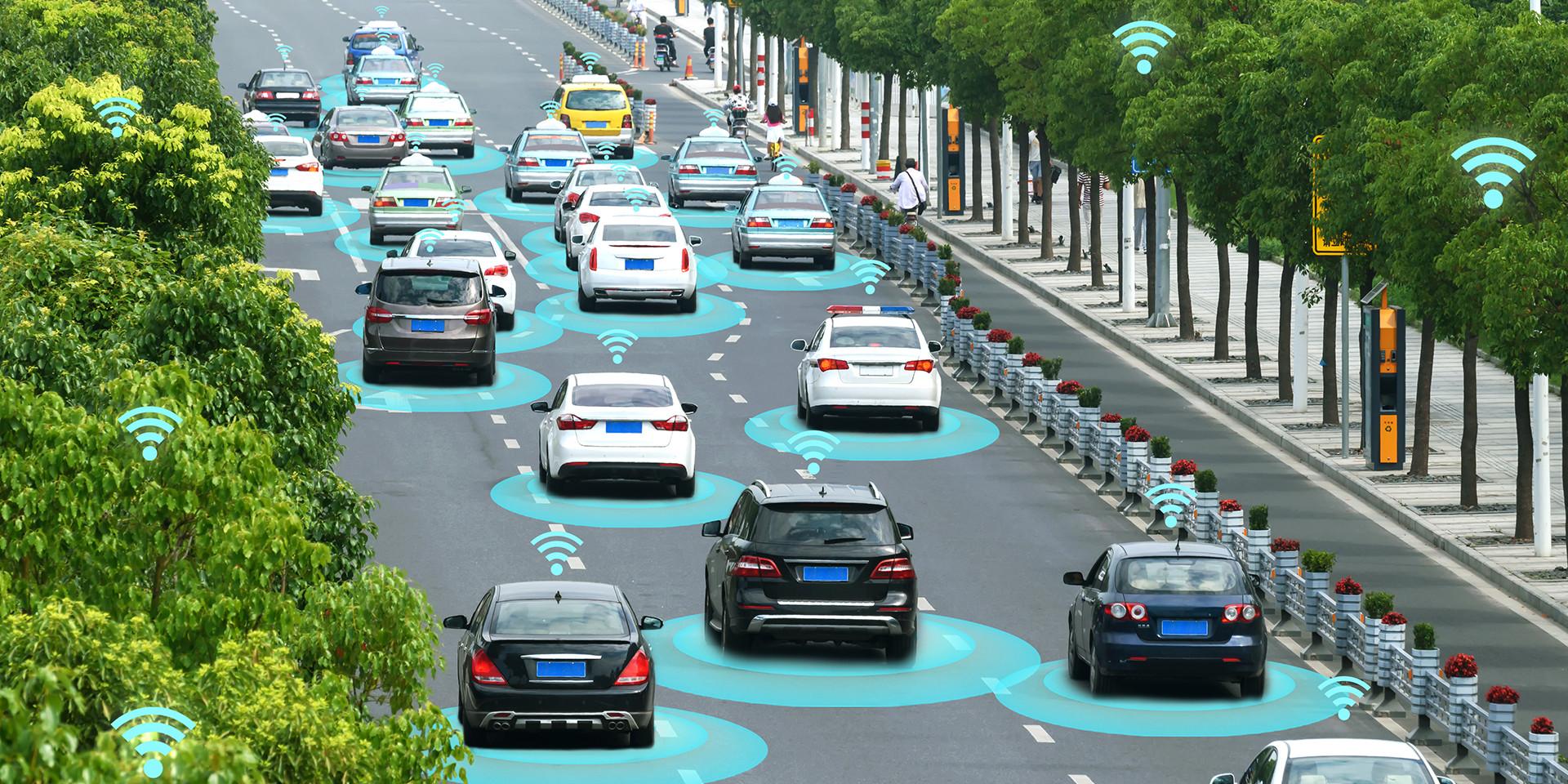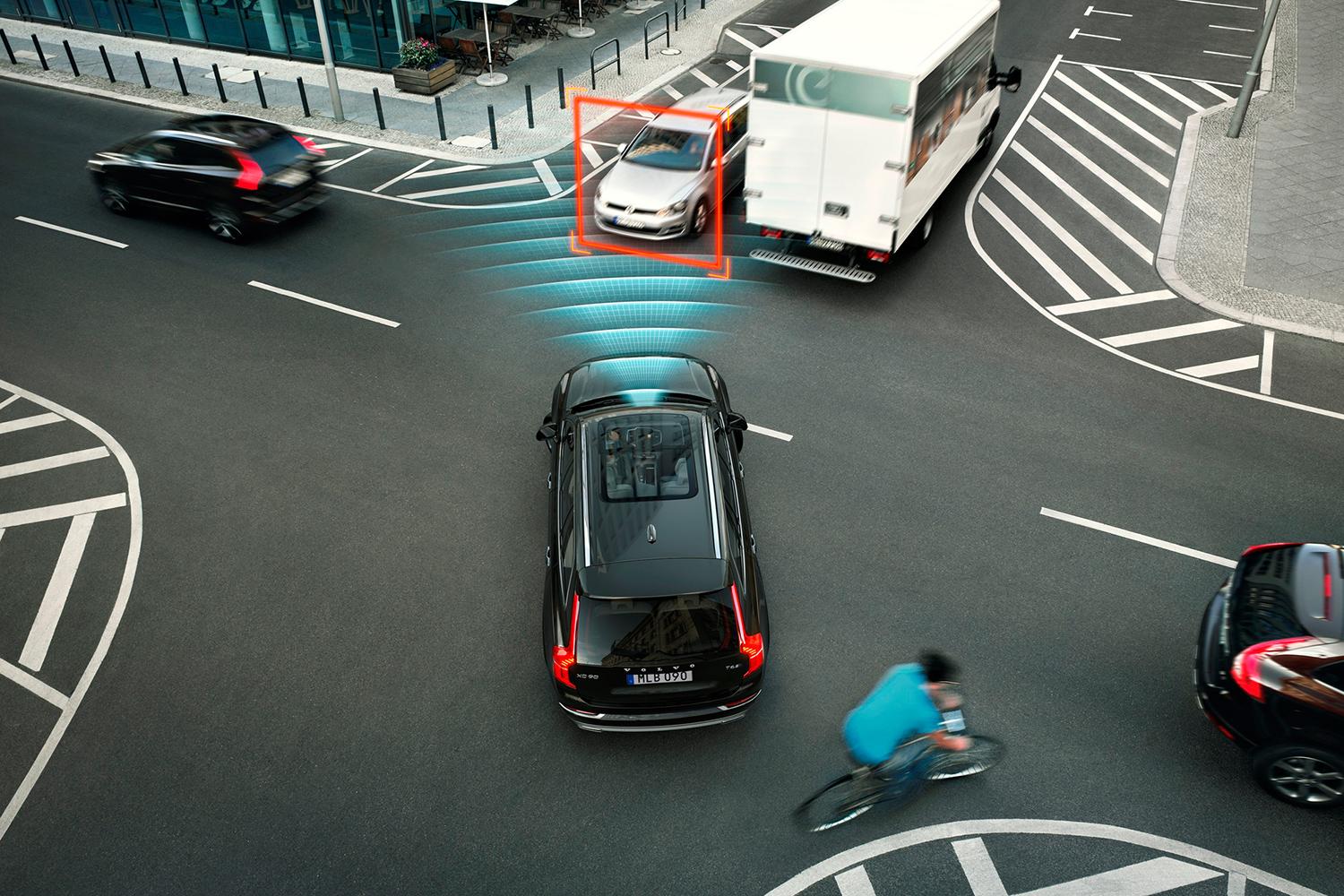
The future of transportation is driven by autonomous vehicles and smart cities, which promise to enhance safety, efficiency, and convenience for everyone.
Automated vehicles are expected to hit the roads sooner than anticipated a few years ago, and in greater numbers. As a result, automated vehicles will free up road space and boost capacity on highways; additionally, they could reduce congestion by 17-20%.
Safety
With vehicles becoming ever more sophisticated, drivers can no longer rely on passive safety features like airbags and seat belts to reduce accident severity or avoid them altogether. Active systems help mitigate driver distractions while managing steering, braking and propulsion to help minimize accidents or avoid them altogether.
One such technology is “lane keep assist,” which alerts a driver when they’re veering into another lane. It can send out either a beep or vibration to warn them and make minor steering adjustments to help keep them on course.
This is an essential step in reducing crashes and fatalities caused by motor vehicle accidents. That’s why the National Highway Traffic Safety Administration is actively supporting companies testing automated driving technologies.
Efficiency
In short, autonomous vehicles and smart cities reduce road capacity and congestion, potentially leading to savings on fuel costs, noise pollution and air pollution. Despite its potential benefits, however, this technology is still relatively new and will face various obstacles in the near future.

Furthermore, autonomous vehicles must communicate with multiple objects on the road such as infrastructure, pedestrians, and sensors. To do this, sophisticated software must continuously monitor these interactions while avoiding dangerous scenarios and keeping the car under control.
Traffic lights must also be able to send information directly to a car without driver intervention. Furthermore, vehicles need to be connected to an advanced 5G network that can continuously receive and transmit massive amounts of data.
Aside from efficiency features, autonomous vehicles also provide enhanced travel safety and stress-free journeys for their users. Furthermore, they help lower fuel prices – saving a considerable amount of money for low income individuals.

Convenience
Driverless vehicles are expected to free up people’s travel time for other activities like working, relaxing, teleconferencing or online shopping. Furthermore, they avoid traffic jams which could reduce fuel consumption and emissions.
Autonomous cars navigate cities using a network of sensors located throughout their vehicle. They use radar, video cameras and Lidar (light detection and ranging) sensors to create a map of the area they’re driving in.
This map helps the vehicle avoid collisions with pedestrians, other cars and obstacles in its path. It also utilizes other advanced technologies like adaptive cruise control and lane-keeping systems to keep you car centered in its lane.

Autonomous vehicles can be utilized for a variety of transportation tasks, such as transporting people between medical care facilities or retirement homes; service/supply trips; and company shuttles. As these vehicles become more commonplace, they’ll help reduce congestion on roads, reduce pollution levels in air, and make cities smarter overall.
Environmental Impact
Autonomous vehicles and smart cities can offer environmental advantages through reduced emissions, energy consumption, improved traffic flow and road safety. Unfortunately, these advantages may also come at the cost of unintended consequences.
First and foremost, autonomous vehicles (AVs) can reduce congestion and expand road capacity through platooning and coordination between themselves. This could result in improved travel efficiency and traffic flow [40-41].
Second, AVs may enhance public health by reducing vehicle noise pollution and emissions. This could potentially help combat obesity as well as chronic diseases like diabetes and heart disease.
Third, autonomous vehicles (AVs) can increase access to public transport for lower-income individuals and people with disabilities. Additionally, AVs could help curb urban sprawl by eliminating the need for additional vehicle parking spaces and encouraging increased pedestrian activity in high-density areas.
Finally, the development of smart cities and autonomous vehicles (AVs) requires a holistic approach to policy making and planning, as well as an in-depth knowledge of how city systems interact with this new technology. All these factors must be taken into account before mass deployment of AVs begins.

